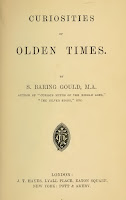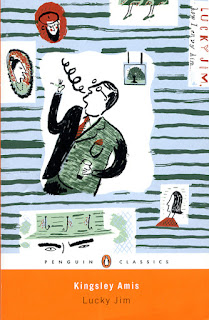Barack Obama:
Dreams From My Father: a story of race and inheritance (2*)
It took me ages to get through this and I have to confess I did not particularly enjoy it. Sorry, but by my scheme that’s two stars.
I got it after reading a newspaper article by Obama, which I thought impressively written. You see it in the book. His descriptions are magnificent. For example, when watching the dawn on an African safari:
To the east, the sky lightens above a black grove of trees, deep blue, then orange, then creamy yellow. The clouds lose their purple tint slowly, then dissipate, leaving behind a single star. As we pull out of camp, we see a caravan of giraffe, their long necks at a common slant, seemingly black before the rising red sun, strange markings against an ancient sky. (p355)
Clever as it is, the effect throughout the whole book is exhausting. There is something too precise, too calculated, lacking in feeling. Whether he is describing community meetings, thinking about what family means, or discussing how white people treat black people, it is overwhelmingly analytical, without warmth or humour. There are also too many long passages of apparently verbatim dialogue which seem to be concocted just to give us large amounts of information, for example about Kenyan tribal customs.
There is an agenda here. I suspect that when he began to write the book as a law lecturer in the early nineteen-nineties, he already had a political career in mind, and was being careful not to give too much away.
Yet he tells us a lot – as if writing about someone else. It is a memoir of his life from early childhood to law school. There are three sections:
- Origins covers his early life in Hawaii and Indonesia, at College in Los Angeles and at University in New York.
- Chicago describes his work as a community organizer in Altgeld, a poor, black area of Chicago.
- Kenya tells of his first visit to his large extended family in Kenya.
Obama has an interesting background. He had a well-educated, high achieving but absent Kenyan father who had numerous children to different mothers. Obama’s own mother was white. She remarried an Indonesian man and they moved to Jakarta. At the age of ten he went back to his white grandparents in Honolulu where he attended a private preparatory school. He then went to college in Los Angeles and to Columbia University, New York. Afterwards, he became a community organizer in Chicago. He visited his extended family in Kenya for the first time at the age of twenty-seven before going to Harvard Law School.
Throughout his account of these years, he repeatedly reflects upon race relations in America and elsewhere, and his own racial identity. He writes about the attitudes between whites and blacks, deprivation in Chicago and the legacy of colonialism in Kenya: serious ideas in complex wordy language; what you might expect of an academic lawyer and politician.
You might say that, as someone privately educated, brought up in multi-racial Honolulu by white grandparents and privileged, it cannot apply to him, but he is non-white and perceived as such, and that has implications. I still think the book too long, that all the race stuff interferes with a cracking story. He looks for prejudice everywhere. Do white tourists really visit Nairobi to experience Isak Dinesen’s Africa and admire portraits of Hemingway surrounded by grim faced-coolies in the Lord Delamere Hotel [p314]?
His mother and grandparents, by the way, were called Dunham. Their ancestors were already in America in the sixteen-thirties and the Dunham surname may have been assumed. Links to Dunham settlers from England are speculative.














